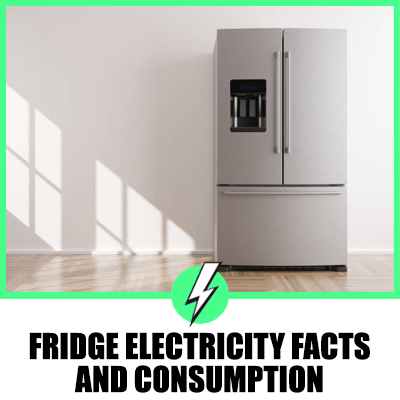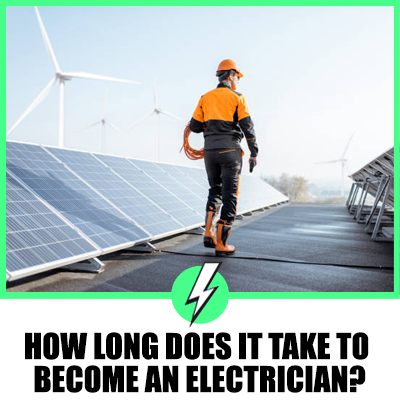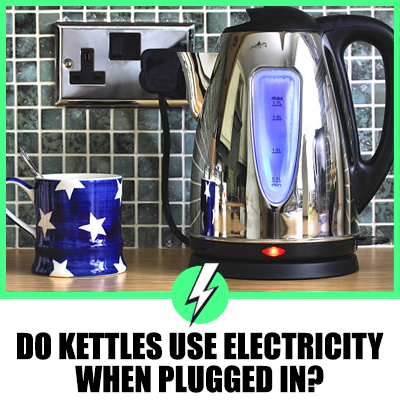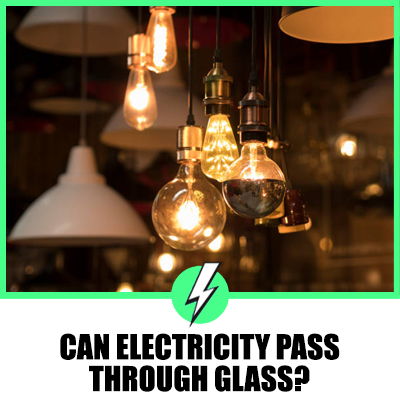How Much Electricity Do Vending Machines Use? A Comprehensive Guide for the UK and US
Vending machines are a ubiquitous sight in our daily lives.
From offices to schools, shopping malls to street corners, these machines offer a convenient way to purchase snacks, drinks, and even non-food items.
But have you ever stopped to consider the energy consumption of these machines?
This article will delve into the electricity usage of vending machines and the costs associated with running them, catering to both UK and US audiences.
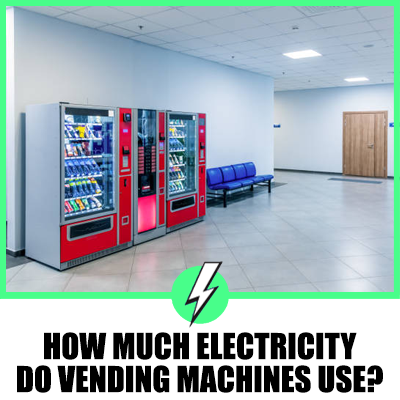
Contents
Does a Vending Machine Use a Lot of Electricity?
The amount of electricity a vending machine uses can vary significantly depending on the type of machine.
A basic, mechanical model might only need enough power to run a couple of lights.
In that case, the cost of electricity could come to just a few dollars per year.
However, a refrigerated model, which is common for vending machines that dispense food and beverages, will consume more electricity.
These machines generally use between 2,500 and 4,400 kWh per year.
It’s important to note that these figures can vary based on the specific model of the vending machine, its age, and how often it’s used.
Older models tend to be less energy-efficient than newer ones, and a machine that’s constantly in use will consume more electricity than one that’s only used occasionally.
How Much Does It Cost to Run a Vending Machine a Month?
The cost of running a vending machine per month depends on several factors, including the cost of electricity in your area and the type of vending machine.
On average, businesses in the United States pay about 13 cents per kWh.
Using the average cost of electricity, running a refrigerated vending machine will cost $325 to $575 per year, or roughly $27 to $48 per month.
In the UK, the average cost of electricity is around 14.37 pence per kWh.
Therefore, the cost of running a vending machine in the UK would be slightly higher than in the US.
These costs can add up, particularly if you’re running multiple vending machines.
However, they’re also offset by the income generated by the machines.
How Much Does a Vending Machine Make a Day?
The profitability of a vending machine can vary widely based on its location and the products it sells.
Even a vending machine in a low-traffic area can generate $25 or more in profit each week, which equates to roughly $3.57 per day.
However, machines in high-traffic areas, stocked with popular items, can make significantly more.
It’s worth noting that while vending machines can be profitable, they also require an initial investment.
The cost of the machine itself, along with stocking it with products, can be substantial.
However, once these initial costs are covered, the ongoing expenses (such as electricity and restocking) are relatively low.
Can a Solar Panel Power a Vending Machine?
Technically, it is possible to power a vending machine with a solar panel.
However, the feasibility of this setup would depend on several factors, including the amount of sunlight the solar panel receives and the energy consumption of the vending machine.
A basic vending machine might be able to run on solar power, but a refrigerated model would likely require a more substantial solar setup.
Solar-powered vending machines could be a great way to reduce the environmental impact of these machines.
They could also potentially save money in the long run, as the cost of solar power continues to decrease.
Insights from Online Discussions
Online discussions reveal a growing interest in the energy consumption of vending machines.
Many people are surprised to learn that vending machines can consume a significant amount of electricity, particularly refrigerated models.
Some discussions also highlight the potential for energy-saving measures, such as the use of LED lighting or energy-efficient refrigeration systems.
In conclusion, while vending machines can consume a significant amount of electricity, the exact amount will depend on the type of machine and its usage.
As energy efficiency becomes a growing concern, it’s likely that we’ll see more energy-efficient vending machines in the future.
Whether you’re in the UK or the US, these principles remain the same, underscoring the universal nature of energy consumption and efficiency.
As we continue to strive for a more sustainable future, understanding the energy usage of everyday appliances like vending machines becomes increasingly important.
